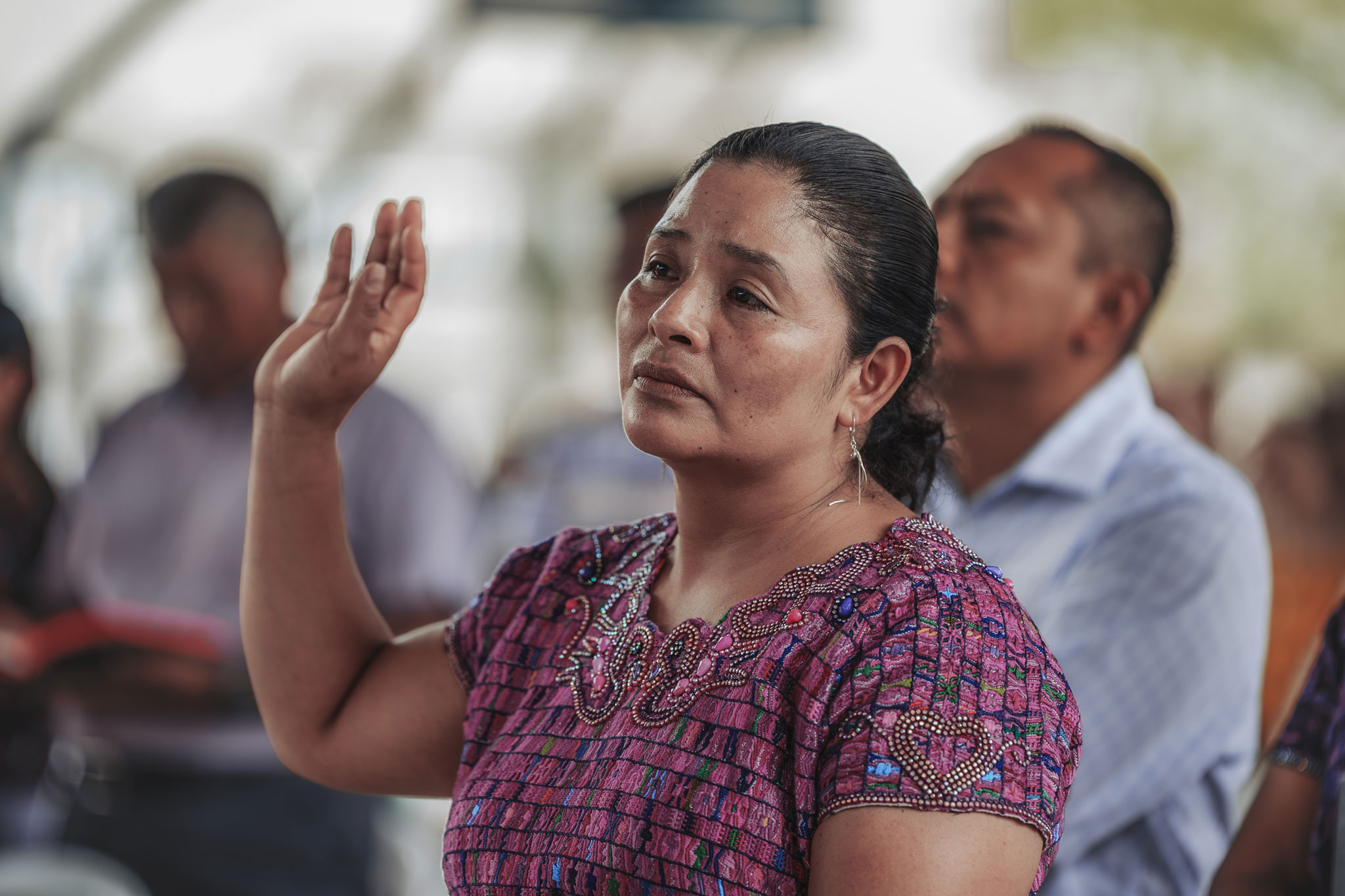God uses people and technology to make Scripture known.
True. Alive and active. God-breathed.
This is how Scripture describes itself and what we believe about its message. God’s Word is set apart as a book entirely different from any other for these reasons. But while the Bible is extraordinary, the process that has brought Scripture into existence is quite ordinary. Bible translation has changed throughout the centuries, but God has always chosen to communicate with us using people—ordinary humans—and our man-made technology to make His divine story known.
Before the full Old Testament existed, the Israelites—who needed constant reminders themselves of God’s faithfulness—orally shared stories and psalms, laws and prophecies, reflecting God’s goodness to His people. Prophets, kings, and priests drafted early manuscripts of the text, and over time, what was written down became more accessible. Soon, accounts of the life of Christ and letters from the apostles were added to the early church’s canon. Until the 15th century when the printing press was invented, scribes longing to preserve and pass on the good news made copies of the Bible by hand.
And when the original Hebrew, Greek, and Aramaic could no longer be understood by the rapidly multiplying group of Jesus followers, Bible translation unleashed the power of God’s Word to an even wider audience—people around the globe.
Today, God is still choosing to communicate with us, going to great lengths and using human innovation and limitations to share His story of hope with mankind. Translators develop alphabets in remote African villages, question theological terms in war-torn Europe, pray for the work from prisons in the Middle East, and ask for feedback from the underground church in Asia.
And while the world continues to change, Bible translation is changing too. Ministries are uniting to work together like never before, sharing databases and resources. Technologies like Starlink satellite internet and artificial intelligence are creating new and faster workflows. More nationals are being trained to bridge a gap between translation teams and consultants, correcting human errors and enhancing drafts in earlier stages. All these changes are greatly accelerating Bible translation.
While 30 years ago, it took over 20 years to translate just the New Testament, this number has now dropped to under seven years—meaning more people are gaining access to God’s transformative message sooner.
The complexities are vast, the challenges real. But since day one, God has always been willing to step into the world’s complexities to be in relationship with us. The Word taking on flesh—this is the power of the gospel, not only in its message but also in the very way it is spreading.

























